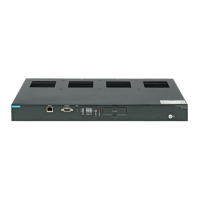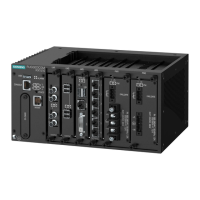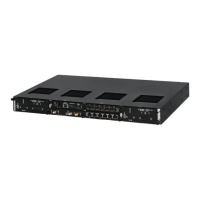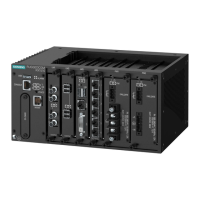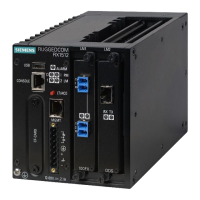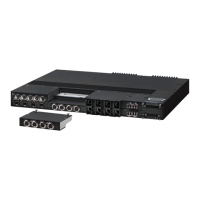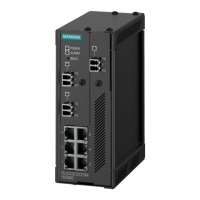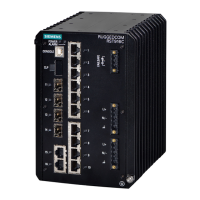RUGGEDCOM ROX II
User Guide
Chapter 5
Setup and Configuration
Viewing a List of Multiple Spanning Tree Instances 715
Parameter Description
status Synopsis: none, designatedBridge, notDesignatedForAnyLAN, rootBridge
The spanning tree status of the bridge. The status may be root or designated. This field may
show text saying 'not designated for any LAN' if the bridge is not the designated bridge for
any of its ports.
Root Priority The bridge identifier of the root bridge.
Root MAC The bridge identifier of the root bridge.
Bridge Priority The bridge identifier of this bridge.
Bridge MAC The bridge identifier of this bridge.
Root Port Slot Synopsis: sm, lm1, lm2, lm3, lm4, lm5, lm6, trnk
If the bridge is designated, this is the slot containing the port that provides connectivity
towards the root bridge of the network.
Root Port Port If the bridge is designated, this is the port of the slot that provides connectivity towards the
root bridge of the network.
Root Path Cost The total cost of the path to the root bridge composed of the sum of the costs of each
link in the path. If custom costs have not been configured, 1Gbps ports will contribute a
cost of four, 100 Mbps ports will contribute 19 and 10 Mbps ports will contribute 100. For
the Common and Internal Spanning Tree (CIST) instance of the Multiple Spanning Tree
Protocol (MSTP), this is an external root path cost, which is the cost of the path from the
Internal Spanning Tree (IST) root (i.e. regional root) bridge to the Common Spanning Tree
(CST) root (i.e. network "global" root) bridge.
Total Topology Changes A count of topology changes in the network, as detected on this bridge through link failures
or as signaled from other bridges. Excessively high or rapidly increasing counts signal
network problems.
Section 5.34.8.2
Viewing a List of Multiple Spanning Tree Instances
To view a list of Multiple Spanning Tree Instances (MSTIs), navigate to switch » spanning-tree » mstp-
instance. If MSTIs have been configured, the MSTP Instance table appears.
Figure 826: MSTP Instance Table
If no MSTIs have been configured, add instances as needed. For more information, refer to Section 5.34.8.3,
“Adding a Multiple Spanning Tree Instance”.
Section 5.34.8.3
Adding a Multiple Spanning Tree Instance
To add a Multiple Spanning Tree Instance (MSTI), do the following:
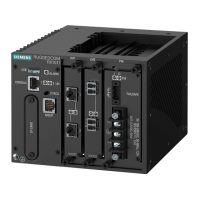
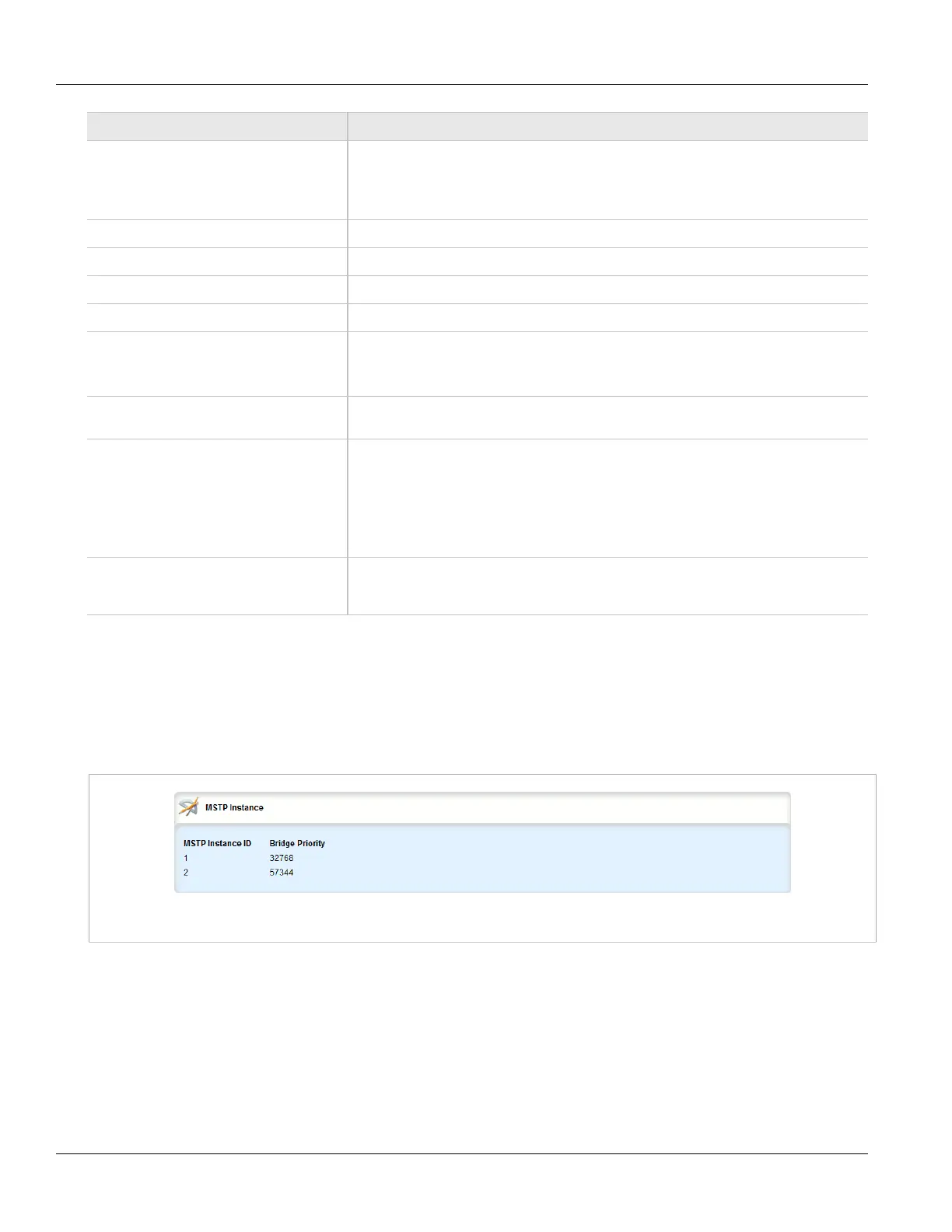